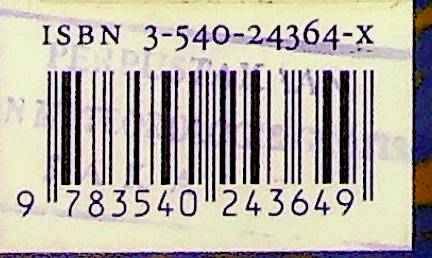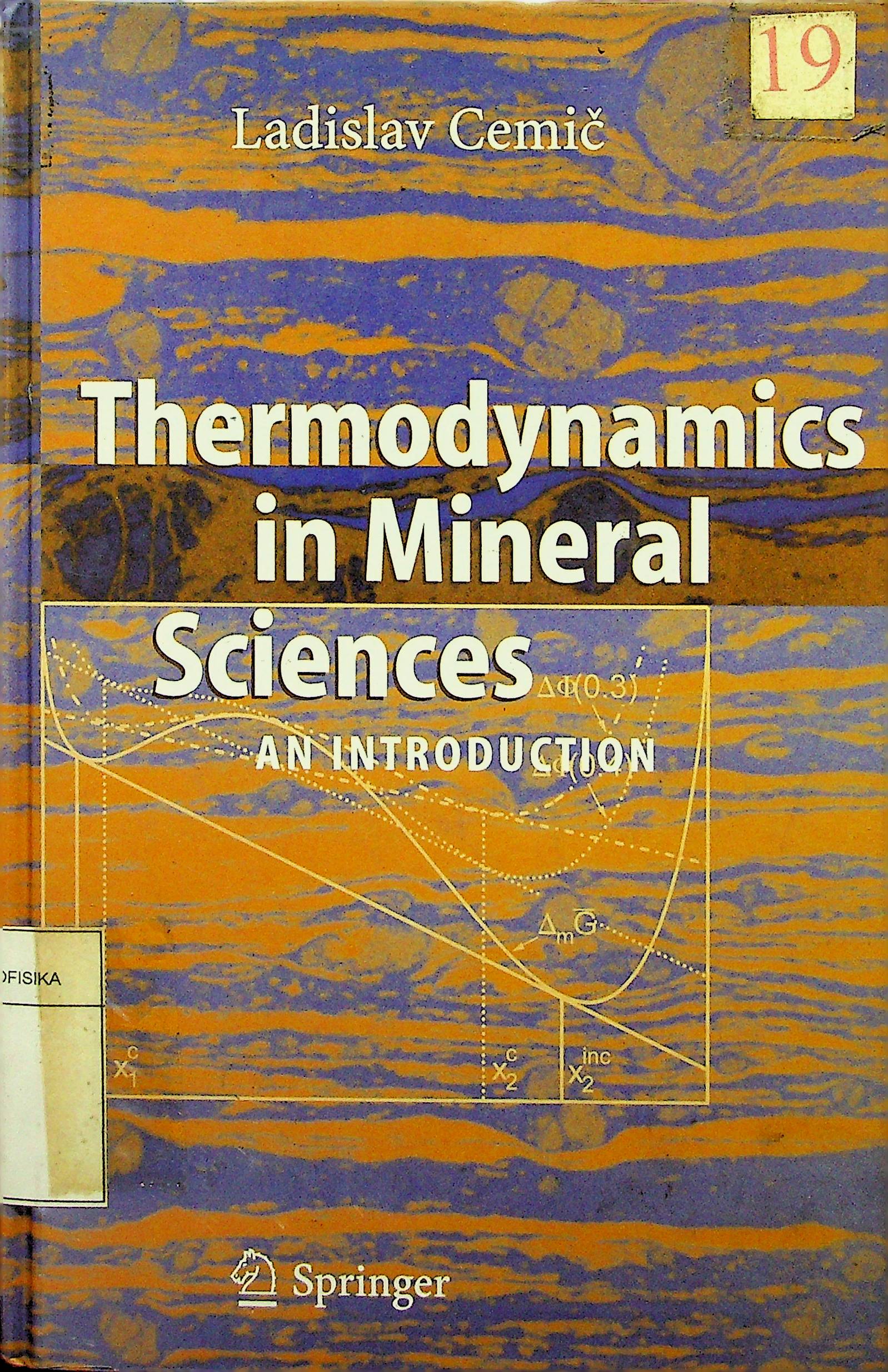Thermodynamics is an important tool to interpreting the conditions at which natural geomaterial equilibrate. It allows one to determine, for example, the equilibrium pressures and temperatures and the nature and chemical composition of phases involved mineralogical and petrological processes. Simple chemical model systems, which are often studied in the laboratory in order to understand more complicated natural systems, generally consist of few chemical components. In order to use phase equilibrium results obtained from model systems for interpreting the conditions of formation of natural geologic materials, extrapolations in compositional space and other P-T conditions are often required. This can only be done using the mathematical formalism that is offered by thermodynamics.An number of excellent books on thermodynamics with regards to the fields of mineralogy, petrology and geochemistry have been published over past 40 years. Many of them are, however, written for more advanced students and experienced researchers and it is often assumed that the reader already possesses some prior knowledge ofthe subject. Consequently, discussions and presentations of basic con cepts, which are necessary for beginning students and others attempting to learn thermodynamics for the first time, are often given short shrift. Therefore, the aim of this book is to explain the basic principles of thermodynamics at an introductory level, while trying not to loose much of the mathematical rigor that is one of the most important and central aspects of this subject. Moreover, many students in geosciences are required to take thermodynamic courses in chemistry departments where they are mostly confronted with treatments of gases and fluids. Thereby, the connection to geological or mineralogical problems is often not perceived and, unfortunately, do not come to understand the importance of thermodynamics for a number of different areas in the geosciences.Therefore, this introductory textbook was written with the aim of reaching beginning geoscience students. In order to demonstrate the usefulness and power of thermodynamics, various experimental phase equilibria results, calorimetric data, etc. from geological literature are used to demonstrate dif ferent types thermodynamic calculations. The problems at the end of each chapter are given in order that students can practice the more theoretical concepts that are presented in text. As a note of thanks, I wish to acknowledge Charles A. Geiger who spent much time and effort correcting my English and for his critical comments on the text and presentation. Also, 1 would like to express my gratitude to my wife Trudel for her patience and understanding during the weekends that I spent working on my book
5
Thermodynamics in Mineral Sciences An Introduction
Ladislav Cemic
Penerbit :
Springer
Tahun :
2005
Buku Text
-
No Scan55
-
No Klasifikasi549
-
ISBN
-
ISSN
-
No Registrasi011A/I/2008
-
Lokasi Terbit
-
Jumlah Hal40
-
Label549 Cem e
-
Versi DigitalTIDAK
-
Versi FisikTIDAK
-
Lokasi Rak Buku Fisik//
-
Jumlah Exemplar Fisik Tersedia-






